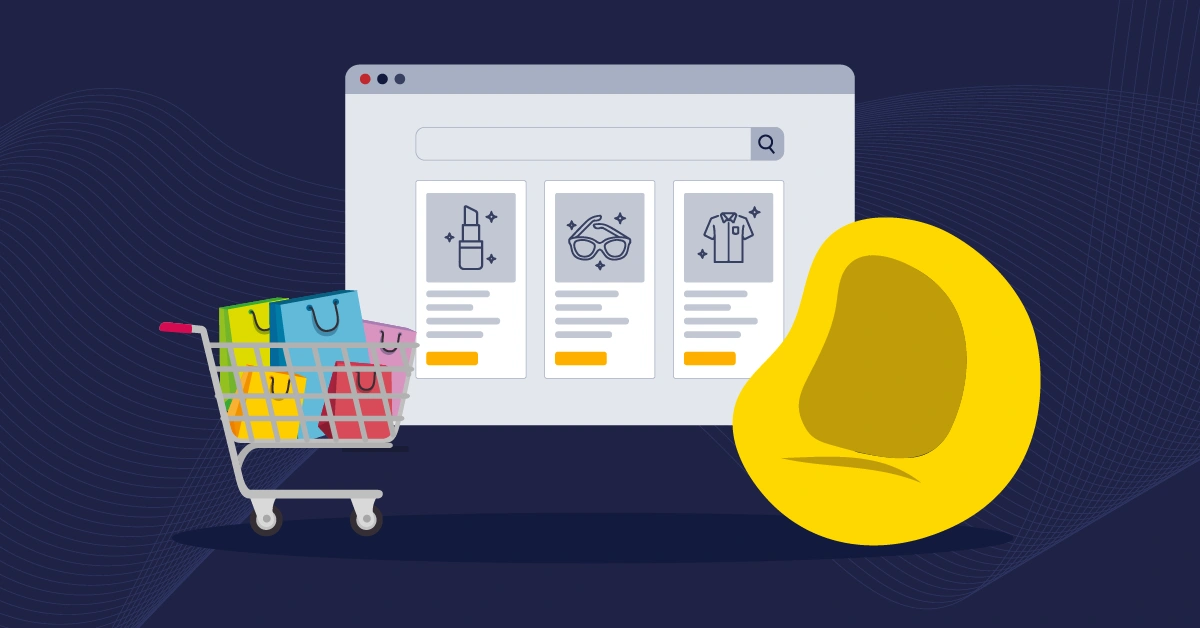
GSD
Exploring E-commerce CMS: Features, Benefits, and Best Practices
Posted by Maab Saleem on February 21, 2024
The ability to adapt quickly is crucial to stay relevant in today’s viciously competitive e-commerce scene. Whether launching a timely promotion, optimizing product descriptions for search engines, or publishing regular blog content, an online store needs to be constantly updated to stay ahead of the curve.
Traditional e-commerce platforms often require developer involvement to launch new pages or even update content, which hinders agility. This is why modern businesses prefer e-commerce content management systems (CMS). These platforms provide intuitive interfaces and user-friendly tools to react swiftly to market dynamics without being bogged down in the technical minutiae.
Table of contents
In the following sections, we will cover everything you need to know about e-commerce CMS: its features, benefits, best practices, troubleshooting, and how to choose the right one for your business.
Definition of e-commerce CMS
Let’s start by defining an e-commerce CMS.
E-commerce CMS defined
In simple words, an e-commerce CMS is a single platform that enables the management of your online store's content and commerce aspects. It combines a CMS's content management capabilities with an e-commerce platform's selling features, allowing businesses to create, edit, and publish content, manage products and inventory, and process orders in one place.
Benefits and importance of an e-commerce CMS
This amalgamation offers several unique benefits to digital entrepreneurs, including:
Easy content creation, editing, and organization
Roll out content updates at scale via intuitive editing interfaces without digging through source code. Moreover, you can organize and manage all your website content, including product info, promotions, pages, and blog posts, in one centralized location, which enhances the overall management experience.
Efficient product management and inventory tracking
Add, edit, and remove products effortlessly and leverage real-time inventory insights to always stay on top of things. It’s worth noting that traditional e-commerce CMSs offer these features natively, while headless CMSs, like ButterCMS, give you the flexibility to use APIs to integrate with the best-in-breed tools with these capabilities.
Streamlined payment processing and order fulfillment
Offer a secure, user-friendly checkout and order fulfillment experience that delights customers and boosts conversions. Again, traditional e-commerce CMSs have built-in functionalities, whereas headless CMSs allow you to customize your workflows by integrating with your preferred external tools and services.
Improved brand consistency
Maintain a seamless brand image across every touchpoint, from product pages to blog posts and social media. Additionally, you can manage all your brand assets – images, videos, and marketing collateral – using the centralized asset management tool that most e-commerce CMSs offer.
Personalized shopping experiences
Create personalized shopping experiences for your customers. Through features like user-specific recommendations and targeted marketing campaigns, you can customize your digital storefronts per unique visitor preferences. If you are using a headless CMS, you can go above and beyond by integrating with your CDP, CRM, email marketing, and other business tools.
Features of e-commerce CMS
Next, let’s explore some typical features of an e-commerce CMS.
Content management system (CMS) functionalities
These are some content-focused features of an e-commerce CMS platform:
User-friendly interface for easy content creation
E-commerce CMSs come with user-friendly editing and modeling interfaces to simplify content creation and management. You can use these interfaces to manage text for product descriptions, promotion banners, landing pages, blog posts, and more.
Content organization and categorization with tags and metadata
An e-commerce CMS brings structure and organization to the otherwise chaotic world of e-commerce content management. Using tags and metadata, you can effectively categorize and filter products, making it easier for customers to find what they want.
SEO optimization and tools for improved search engine visibility
These platforms are also packed with SEO features, including keyword placement, automatically generated canonical tags, image optimization, and rich snippet markup. If the platform is headless, you even have the option to integrate with external SEO tools.
Website building tools to customize design and layout
Traditional e-commerce CMS platforms offer website builder tools that can be used to tweak the design and layout of your digital storefront. Headless tools take it a step further by allowing you to develop a fully customizable decoupled frontend that embodies your brand identity.
E-commerce specific features
Here are some commerce-centric features of an e-commerce CMS:
Product management and catalog organization
An e-commerce CMS provides a vast collection of product and sales management features, including product categories, discount codes, wholesale selling, and omnichannel selling. Moreover, you enjoy a much more intuitive and navigable interface to organize and manage your catalog compared to traditional e-commerce platforms.
Inventory tracking and real-time stock updates
E-commerce CMSs offer powerful inventory management features, including automatic reordering, POS integrations, and accurate cataloging. Additionally, any changes to your stock are reflected on the website in real-time.
Note that if you want to use purpose-built inventory management software, like Sumtracker, you can integrate it with your headless e-commerce CMS using APIs.
Payment processing integration with popular gateways
E-commerce CMS platforms, especially the headless ones, are designed to be interoperable with many payment gateways. This ensures a secure and user-friendly checkout experience for your customers worldwide.
Order fulfillment and shipping management
Automated order processing delivers a seamless customer experience, from purchase initiation to product dispatch. Moreover, you can integrate with your logistic partners to provide real-time updates to buyers.
Choosing the right e-commerce CMS platform
In the next few sections, we will discuss the most important factors to evaluate when choosing an e-commerce CMS.
Factors to consider when selecting a CMS e-commerce platform
These factors will help you select the platform that aligns most effectively with the specific needs of your online business.
Scalability and flexibility for future growth
The chosen platform should enable you to scale and adapt at will. For example, it should have a scalable and fault-tolerant infrastructure that can seamlessly accommodate large traffic volumes during peak seasons.
Customization options to match your brand and design preferences
Look for a CMS platform that enables you to customize all aspects of the store per your style guides and design preferences. The website-building tools in traditional CMSs are good for basic layout customization, but if you want full control over the frontend design, go with a headless CMS solution.
Integration capabilities with third-party apps and services
The e-commerce CMS should have a marketplace offering seamless integrations with different third-party apps and an API-first nature so that you always have endless integration opportunities. For example, ButterCMS, an API-first e-commerce CMS, integrates out-of-the-box with Brandfolder, Cloudinary, Jotform, Typeform, DeepL, and several other apps.
SEO features and optimization capabilities
With so many digital stores vying for top spots in search results, it’s crucial to prioritize a CMS platform with built-in SEO features and optimization capabilities. This ensures that you are well-equipped to improve search engine visibility, boost organic traffic, and enhance the discoverability of your products.
Security measures to protect customer data
Finally, select a platform that strongly emphasizes security and compliance. Some must-have security-centric features include encryption, role-based access control, strong authentication, automated backups, and disaster recovery.
Popular CMS e-commerce platforms
Now, let’s explore three prominent CMS e-commerce platforms:
WooCommerce
WooCommerce is an open-source e-commerce platform for WordPress that’s widely used to build agile online stores. WooCommerce’s best features include customized checkouts, multi-channel e-commerce, no-code customization, subscriptions and deposits, and a smartphone app.
Moreover, the WooCommerce marketplace has hundreds of extensions for payments, merchandising, marketing, conversion, and store management. However, the potential downside to this extensibility is that too many plugins can slow down your site.
However, if you use a headless solution, installing extensions doesn’t impact performance because of the decoupled architecture. This is a major reason businesses prefer headless CMSs over traditional solutions like WooCommerce.
Shopify
Shopify is another popular e-commerce platform that simplifies the process of setting up an online business. Some handy Shopify features are customized checkouts, promotions scheduling, a vast collection of templates, simplified content management, abandoned cart recovery, headless capabilities, and a website builder tool.
On the Shopify app store, you will find several apps to enhance your store’s functionalities, including those for product management, selling, store design, store management, marketing, and social media.
However, one potential problem with Shopify is that it charges a transaction fee if you use external payment providers. For this reason, people prefer using headless e-commerce CMSs instead, allowing them to integrate with preferred payment and commerce tools without such charges.
Magento
Magento, now known as Adobe Commerce, is an e-commerce platform owned by Adobe. It is packed with useful features, including AI-driven personalization, image optimization, performance monitoring tools, and multi-channel commerce.
Adobe Commerce/Magento seamlessly integrates with Adobe Experience Cloud products and third-party services to let you build a cohesive, omnichannel digital ecosystem. You can also choose to deploy Adobe Commerce in a headless setup.
Best practices for managing a CMS e-commerce website
Follow these best practices and guiding principles to achieve resounding success for your online business:
Creating engaging and conversion-focused content
Content marketing is as important as ever. Focus on:
Writing compelling product descriptions and engaging blog posts
For product descriptions, go beyond specs and features. Tell stories, highlight benefits, and use keywords strategically to captivate shoppers and drive sales. When writing blogs, focus on value-rich content that exudes expertise and is optimized for search engines.
Utilizing visual content such as images and videos
Incorporate visually appealing images and videos to create an immersive online shopping experience. But remember to optimize media for fast loading.
Implementing user-generated content for social proof
Use photos, reviews, and testimonials from customers to build trust and social proof. Consider integrating with social media networks to simplify sharing.
Optimizing your CMS e-commerce website for search engines
SEO should be a fundamental part of your success strategy. Focus on:
Conducting keyword research for effective SEO
Carry out thorough keyword research to understand what your target audience is searching for. Use this research to align your content with user intent and improve your website’s discoverability.
Optimizing page titles, meta descriptions, and URLs
Fine-tune page titles, meta descriptions, and URLs to be search engine-friendly. Well-optimized elements lead to better search rankings and click-through rates.
Implementing structured data markup for enhanced search results
Use structured data markup to provide search engines with richer information about your product and content. This will lead to enhanced visibility in search results.
Monitoring and analyzing website performance
Regular performance monitoring and data-driven decisions are crucial to ensure continued success. Focus on:
Utilizing analytics tools to track traffic, conversions, and bounce rates
Leverage analytics tools to track key metrics like traffic, conversions, abandoned carts, and bounce rates. Identify areas for improvement and measure the impact of your efforts.
Conducting A/B testing for optimization and improvement
Test different design elements, content variations, and product placements to see what resonates best with your audience. Remember that A/B testing can boost revenue by as much as 15%.
Regularly updating and maintaining your CMS e-commerce platform
Apply security patches and updates to both the core platform and plugins vigilantly, conduct penetration tests and security audits periodically, and automate backup management to decrease your attack surface and ensure smooth operations.
Troubleshooting common issues in CMS e-commerce
Finally, we will discuss some common issues that e-commerce site owners face and how to troubleshoot and fix them.
Website performance and speed optimization
Mitigate the following speed and performance issues using the highlighted tips:
Identifying and resolving slow loading times
-
Conduct a thorough website performance audit to pinpoint the elements (scripts, database queries, images, etc.) causing delays.
-
Check CPU, memory, and disk usage. Consider upgrading if resources are getting maxed out.
-
Disable any unnecessary plugins or extensions.
Optimizing images and minimizing HTTP requests
-
Use lossless compression algorithms to reduce image file sizes without compromising quality.
-
Consider combining and minifying CSS and JavaScript files to reduce the number of requests the browser has to make.
-
Delay loading non-critical images until they're scrolled into view.
Utilizing caching and content delivery networks (CDNs)
-
Implement browser caching to store frequently accessed resources locally on user devices.
-
Leverage a CDN to distribute your website content across geographically distributed servers for faster global access.
-
Regularly monitor caching metrics to gauge the effectiveness of your caching strategy.
Payment processing and checkout problems
Here are some tips related to payment processing and checkouts:
Configuring payment gateways and resolving errors
-
Double-check your payment gateway configurations to detect and resolve any integration problems before launch.
-
Perform test transactions for varied scenarios before going live to identify potential issues.
-
Keep your payment gateway plugins up to date.
Troubleshooting issues with order fulfillment and shipping
-
Monitor inventory levels to prevent overselling and fulfillment issues.
-
Choose reputable carriers with transparent tracking options and customer support.
-
Regularly update shipping information and carrier details to avoid shipping delays.
Handling customer complaints and providing excellent support
-
Acknowledge customer concerns in a timely manner and offer empathetic solutions.
-
Build a comprehensive FAQ section or a chatbot to address common customer inquiries.
-
Provide multiple support options, like email, live chat, or phone support to cater to people with different preferences.
Wrapping up
An e-commerce CMS is a modern way to build immersive, conversion-centered shopping experiences. In this post, we discussed everything you need to know to get started with an e-commerce CMS. Consider exploring the following resources to expand your understanding of the domain further.
Why headless commerce is the way to go
Add a blog to your ecommerce site in minutes
ButterCMS is the #1 rated Headless CMS
Related articles
Don’t miss a single post
Get our latest articles, stay updated!
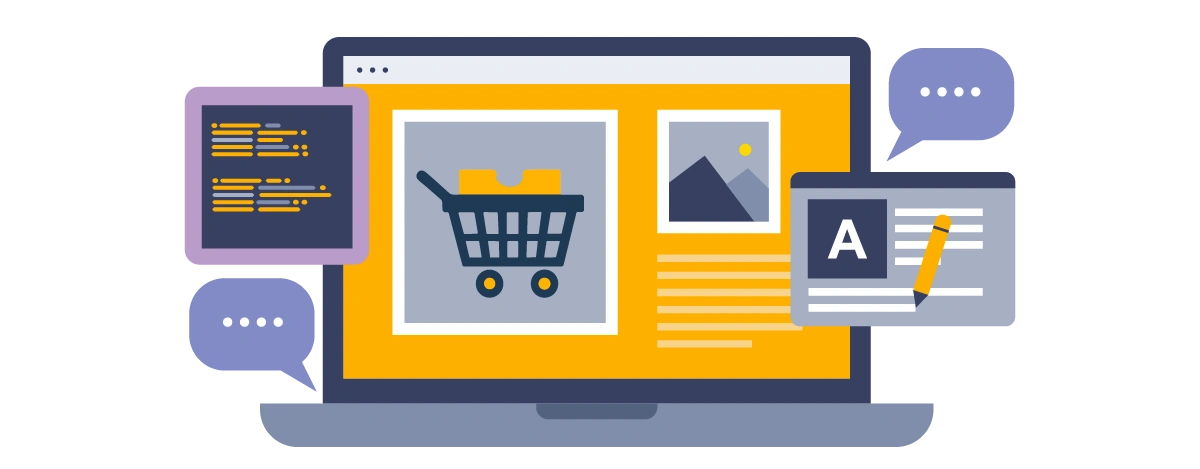
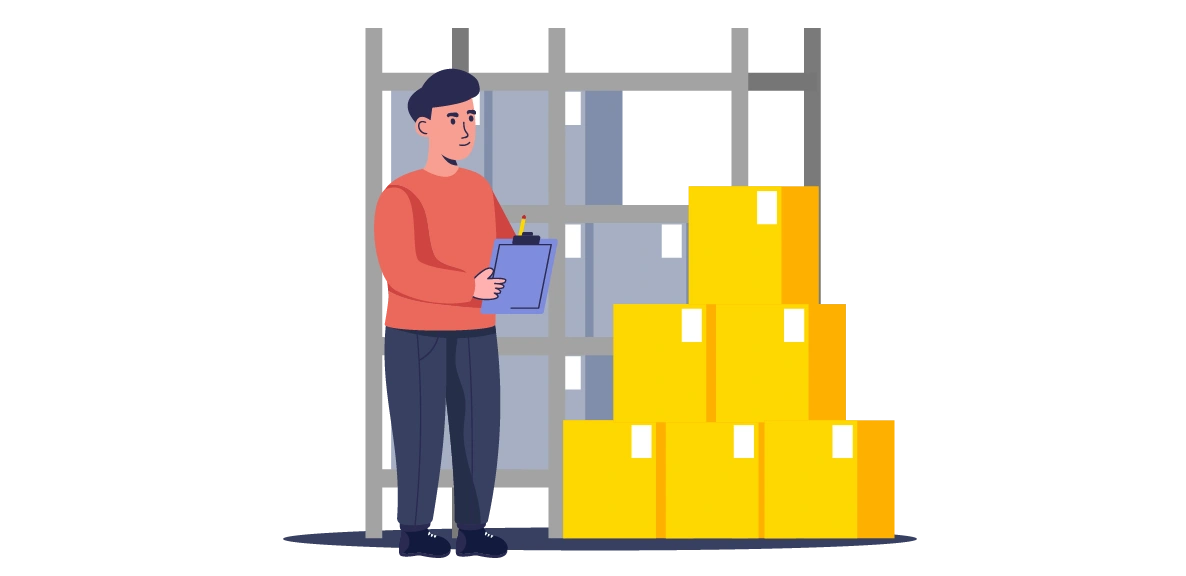
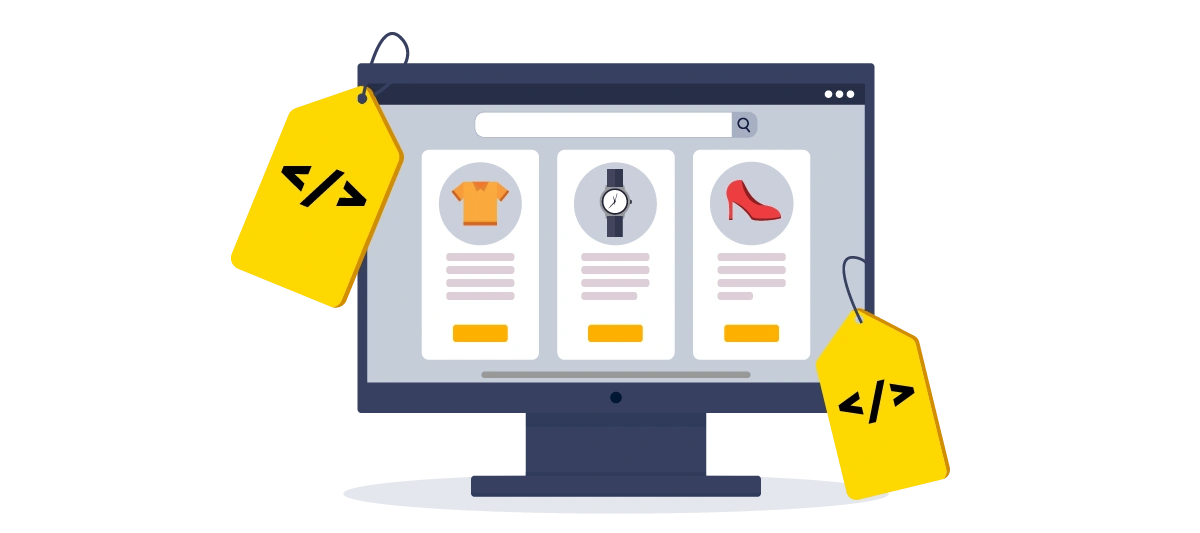
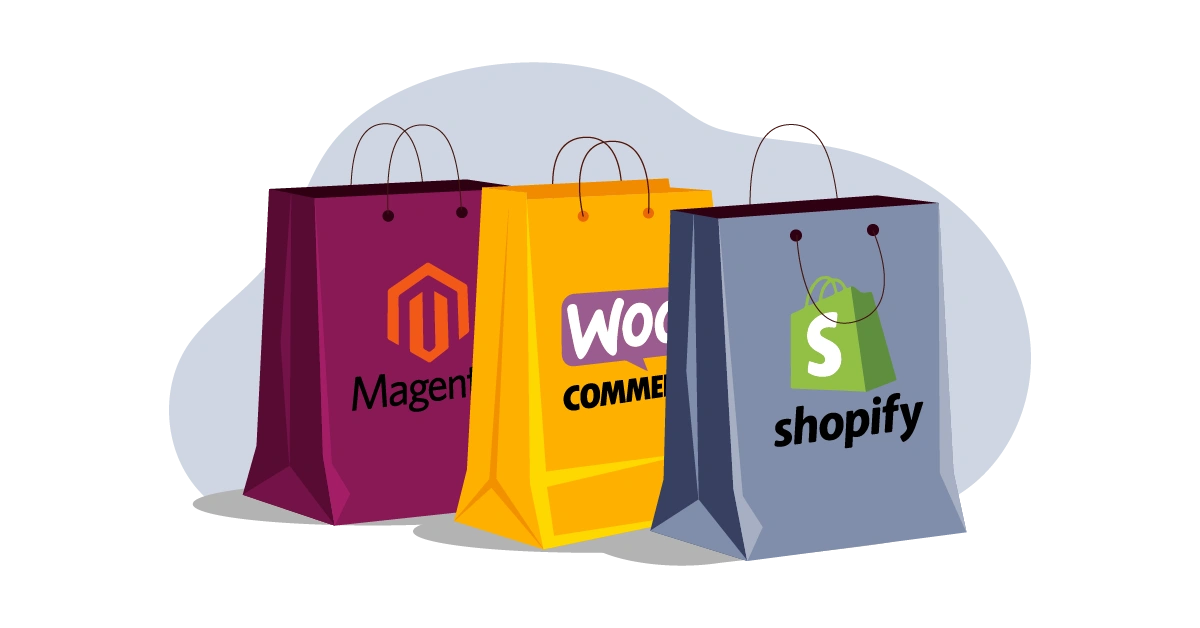

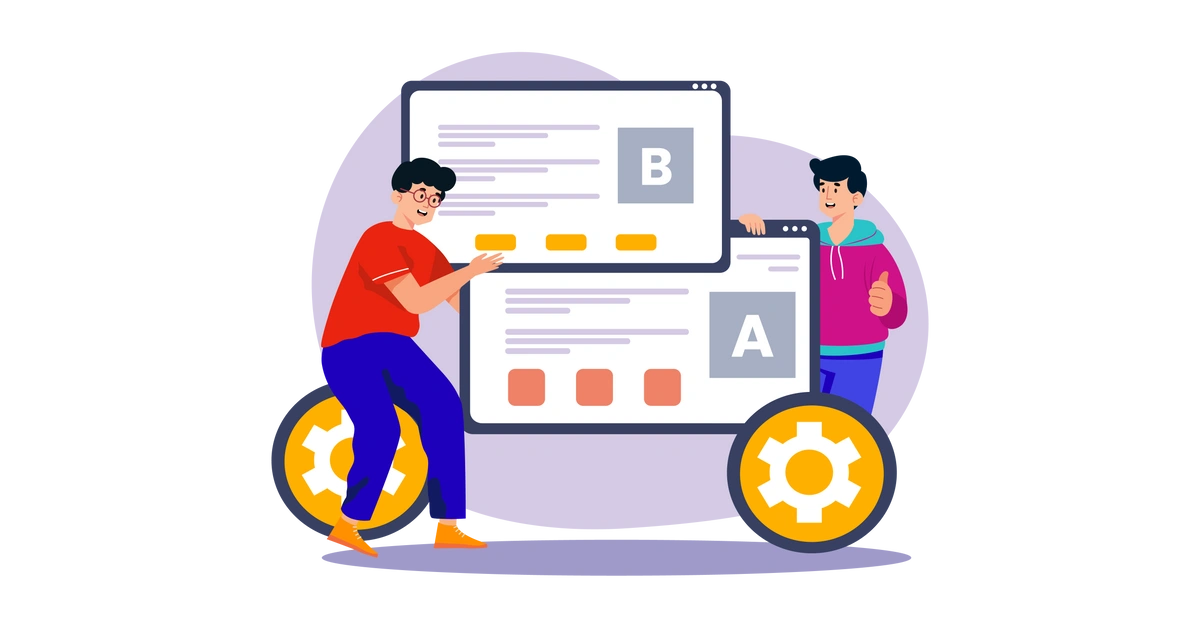














Maab is an experienced software engineer who specializes in explaining technical topics to a wider audience.